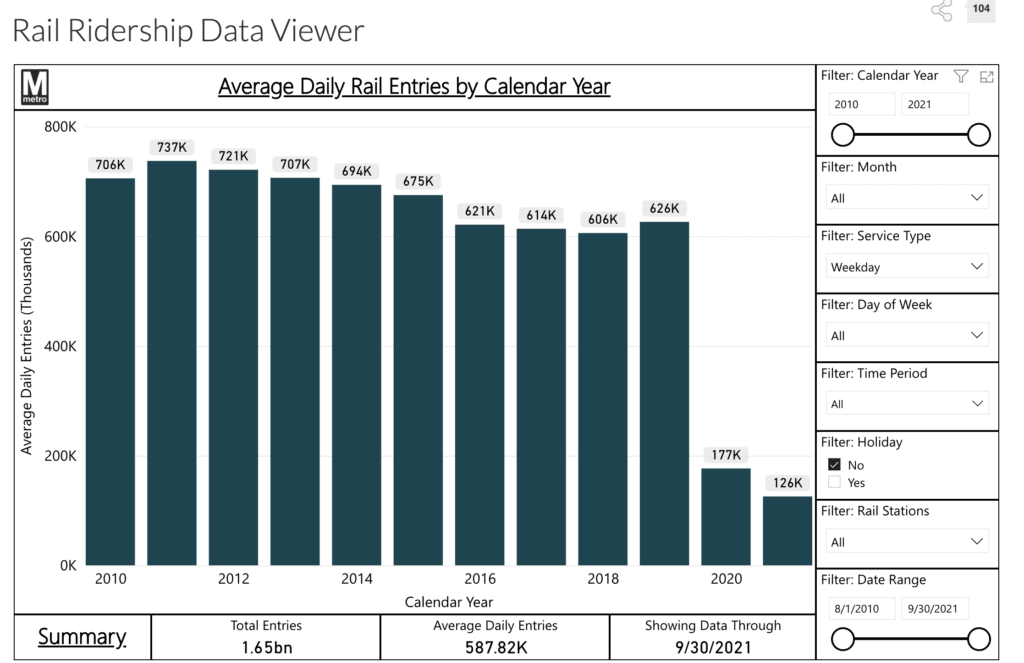The Infrastructure Deal’s Impact on Real Estate
Since 2009, US Congress has passed 38 infrastructure-related bills that went on to be signed by the president. The biggest one, however, was signed earlier this month by President Joe Biden.
The Infrastructure Investment and Jobs Act, better known as the “bipartisan infrastructure bill,” is worth about $973 billion spread across fiscal years 2022-2026 — with the majority of the funds being directed towards investments in transportation, water, power and energy, combating environmental issues like climate change, a massive investment in broadband expansion, and public lands.
As a whole, the bill has been well received by many trade associations and the public. A poll conducted by ABC News/Washington Post found that 63% of Americans supported the infrastructure package just before it landed on Biden’s desk.
And, the bill is widely supported by the real estate community, too. National Association of Realtors® President Charlie Oppler released a statement just after its passage, which states: “NAR is encouraged by the bipartisan support for the infrastructure bill. We supported many elements of this legislation, including significant investment in the power grid, managing climate risks, and repairing and replacing aging roads, bridges, ports, airports, and railways. These improvements will make communities more resilient and sustainable.”
So, while the bill made it through a heavily divided Congress and is now law. But how much of an impact can we expect on real estate?
The effects on housing markets and prices
It’s hard to determine how much home prices could shift, if at all. For starters, home prices are where they’re at now due to a severe shortage in housing supply. While the infrastructure deal pushes funds toward affordable housing and expansion, that won’t be nearly enough to close the gap.
However, something unique about this package is the inclusion of about $65 billion that is appropriated toward broadband expansion. Broadband, in simple terms, is just high-speed internet.
As we are well aware, the digital world requires internet access at just about any moment of the day. Remote work is widespread, communications are almost entirely internet-based, and students do the vast majority of their assignments behind a computer screen.
It’s hard to imagine that some areas lack internet connections, but it’s a real problem. The Federal Communications Commission (FCC) reports that there are still about 19 million Americans who lack high-speed internet access —most of whom are located in the most rural regions of the country.
With the expansion of broadband to these regions, there’s the possibility of more upward pressure on home prices. For example, a study conducted by researchers at the University of Michigan and Carnegie Mellon University found that fiber-optic connections can add nearly $5,500 to the price of a standard three-bedroom single-family home.
The study also found that homes without access to high-speed internet are less likely to receive offers. While not receiving an offer on a home in such a strapped housing market is an unlikely scenario these days, as investors, that’s something to take note of.
Another major aspect of the package is investments in transportation. A total of $273 billion, the largest slice of the bill, has been appropriated towards transportation-related items.
Improvements and expansions to roads, interstates, and bridges attract investments and bring forth appreciation. Small towns can transform into bustling suburbs once new roads are laid out and cities become more interconnected. Furthermore, commercial investments bring jobs and attention to an area, fueling residential construction and home appreciation.
Beyond roads and bridges, public transit is a major aspect that some lawmakers view as key to reducing emissions, traffic, increasing access, and improving the economy. Transit authorities such as the Washington Metro Area Transit Authority have progressively made investments and improvements into their infrastructures. With the new bill, they will have more funds to allocate towards improvements.
But does the demand for these projects meet expectations — and, more importantly, match the appropriations?

The chart above shows the number of daily rail entries for the Washington D.C. Metro. One important point illustrated by the chart is that the pandemic has played a drastic role in decreasing the number of entries. However, ridership had been falling prior to the pandemic. In 2018, the Authority landed an expansion contract to improve rail infrastructure. Consequently, 2019 saw a 20,000 net increase in riders.
But demand has been way down since then. While COVID-19 plays a major role, is there enough evidence to justify large investments from this infrastructure deal into public transit? If so, how much will that affect real estate, if at all? We’ll find out soon enough.
Final thoughts
America has been long overdue for a rehaul to its infrastructure. Whether this package is actually worth its weight and cost isn’t clear yet — and the debate will continue. We know that the country needs improvements in many of its areas.
That said, it’s hard to predict how any of these massive bills will affect real estate. The other major item on Biden’s agenda is the social spending bill, which is supposed to include more sweeping provisions geared toward real estate. However, that bill is stalled in Congress and has a lot of uncertainty regarding its future.
But for now, investors should take a serious look at the infrastructure bill. Infrastructure packages present real opportunities that should be taken advantage of. While funds will roll out over time and will be unevenly distributed across the country, investors should keep an eye on new projects that are announced or under development in their markets.
You may find a ripe deal that will pay off in the long run.




 :215-447-7209
:215-447-7209 : deals(at)frankbuysphilly.com
: deals(at)frankbuysphilly.com
